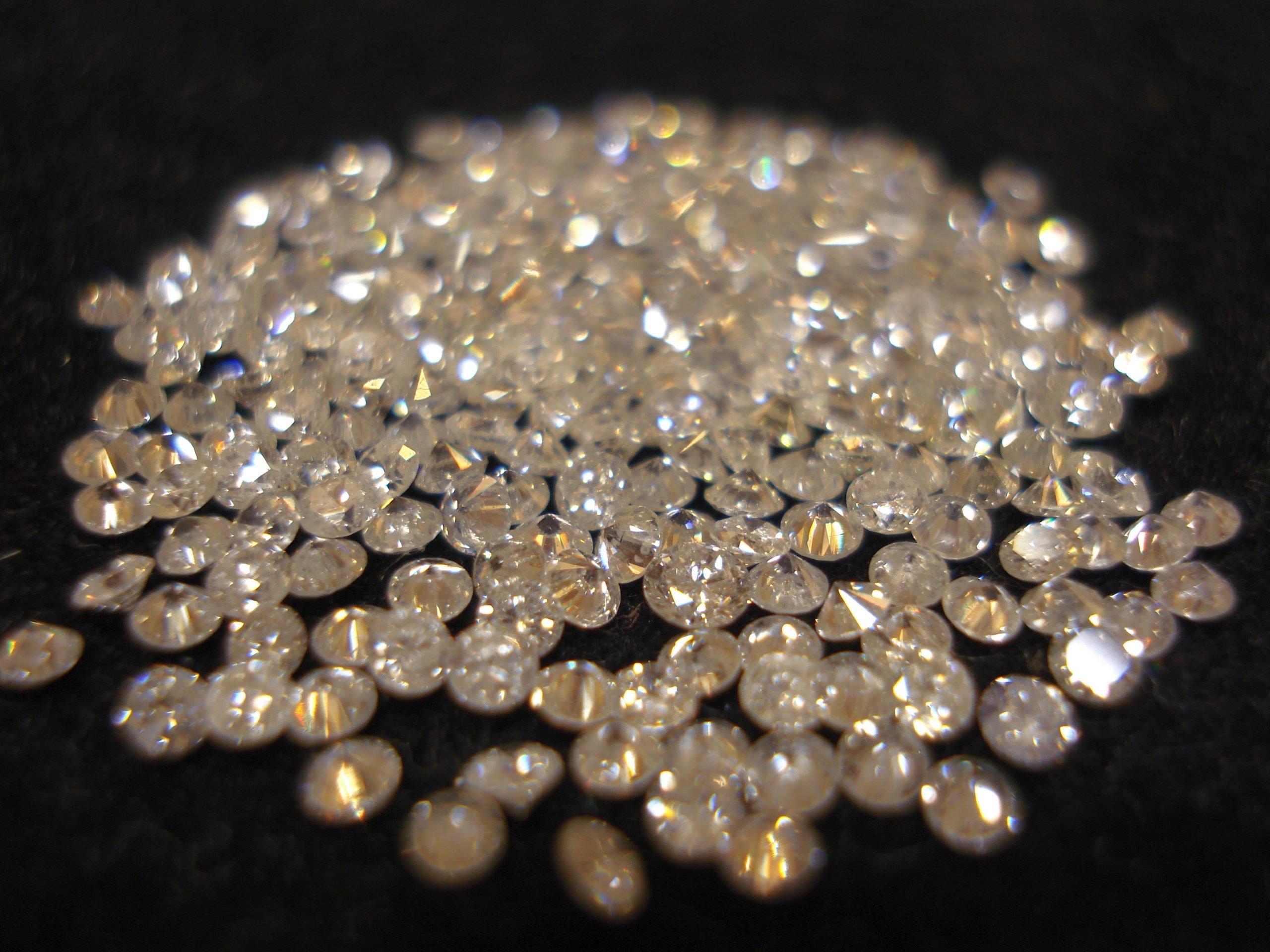Urban dictionaries define “expensivity” as the gravity of how expensive something is, so let’s combine gravity and money to take a fun look at some of the most expensive substances in the universe by weight. Obviously, this is more of a continuum than we’re able to represent here, but from white truffles to antimatter, get ready for a pricey bounce through the ounces of expensivity.
1 ounce = 141.748 carats = 28.35 grams = 1.5903182992625712 x 1034 electron volts
30. White Truffles ($175/ounce)
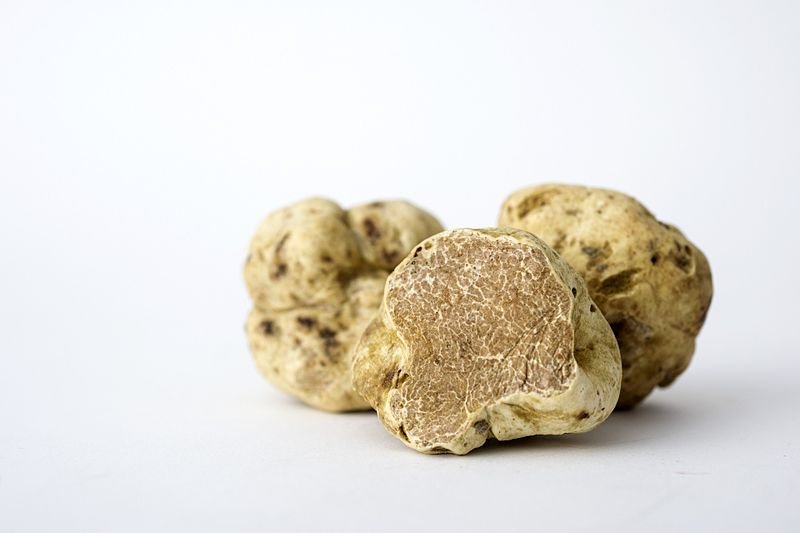
The white truffle is prized among discerning gourmands. It has an intense earthy flavor that complements and transforms eggs, rice, and even delicacies like foie gras into superlative culinary experiences. Italy has an abundance of white truffles that are harvested from October through December.
The ancient Romans reputedly considered truffles to have therapeutic and aphrodisiac qualities, which they quite evidently do for pigs, since they emit the same scent as porcine pheromones and drive sows wild with desire. The difficulty with using pigs to find white truffles is they tend to consume them before they can be collected. For this reason, truffle hunters have taken to using specially trained dogs that can smell the truffles under the earth that covers them.
29. Rhino Horn ($623.69/ounce)

While the world’s rhino population was endangered by unregulated trophy hunting during the European colonial days, the primary threat today comes from the illegal rhino horn trade between Africa and Asia.
While media coverage usually blames the rhino trade on Asian men seeking white rhino horn powder for its reputed aphrodisiacal qualities (perhaps they should try white truffles instead—they’re certainly cheaper), the motivation behind the demand is more diverse. Some see it as having medicinal value for treating arthritis, gout, fever, hallucinations, headaches, high blood pressure, snakebite, food poisoning, typhoid, and even cancer. Unsurprisingly, pharmacological studies have shown no evidence of such medicinal value. Rhino horn is made of keratin, the protein that makes up human hair and nails. If you want the same medicinal value, it’s a lot cheaper to chew your own finger nails.
28. Iranian Beluga Caviar ($759.77/ounce)
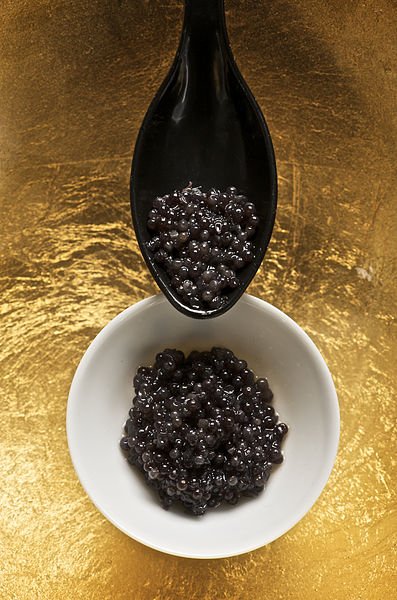
Beluga caviar is the roe (eggs) of the beluga sturgeon, a fish found primarily in the Caspian Sea, the world’s largest salt-water lake, which is surrounded by Iran, Turkmenistan, Russia, Kazakhstan, and Azerbaijan.
Beluga sturgeon are regarded as a critically endangered species and this has led to a variety of trade restrictions on beluga caviar from countries that have failed to comply with international regulations and recommendations. Caviar from Iran is exempt from this ban because the Convention on International Trade in Endangered Species (CITES) considers the Iranians to be observing appropriate conservation measures and properly policing its fisheries.
Needless to say, these trade restrictions have made Iranian Beluga Caviar a rare delicacy, especially since the beluga sturgeon can take twenty years to reach maturity and the roughly 2,000 pound weight for harvesting caviar. The eggs range in color from dark to light gray, with the lighter color coming from the older fish having the most value.
27. Edible Gold Leaf ($937.5/ounce)
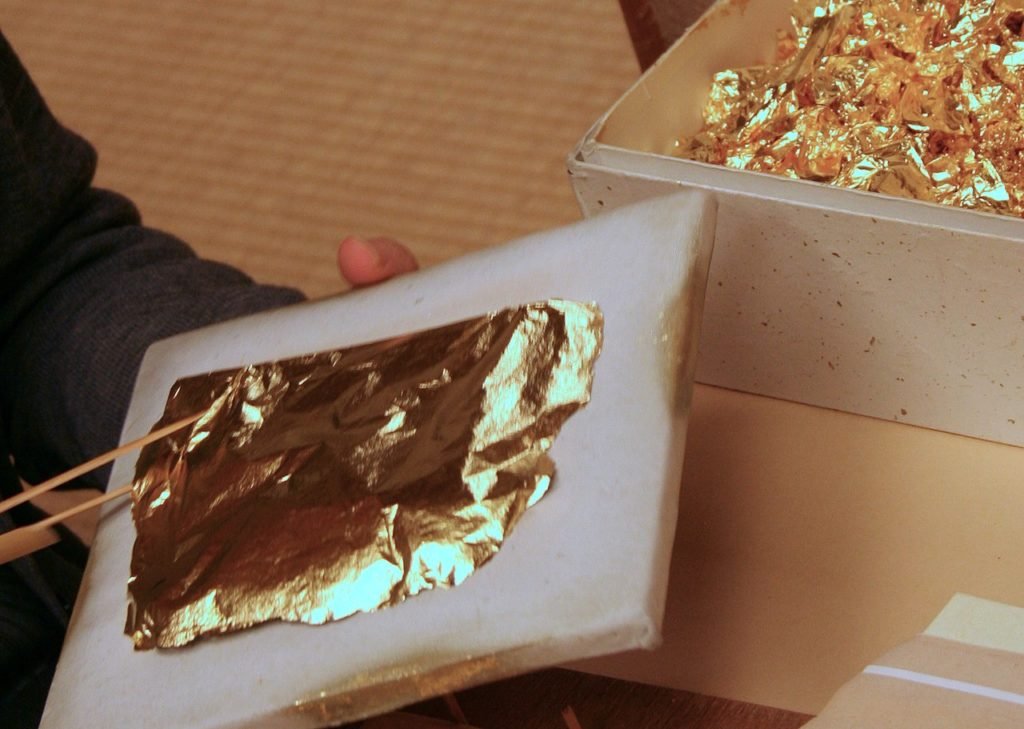
Edible gold leaf is used to add some bling to food and drink and is available in sheets or as flakes. The sheets are finicky to use and can easily stick to your skin or be blown away by a gust of air. The purpose of the leaves and the flakes is purely decorative. They’re often added to the tops of desserts and truffles or used by bartenders to add floating gold flecks to fancy foo-foo drinks. It’s important to get 22-24K gold leaf as a lower-quality product contains impurities. Gold is tasteless, without nutritional value, and biologically inert, so it will pass right through your digestive tract without being absorbed.
26. Platinum ($1,068.5/ounce)
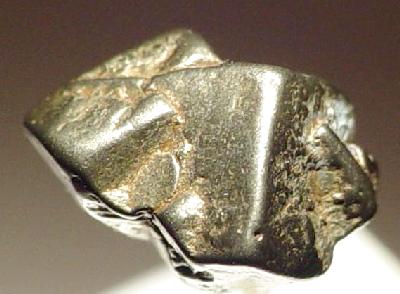
Platinum is a precious metal that is an element of the period table (atomic number 78). It is dense, malleable, ductile, lustrous, silverish-white in appearance, and unreactive, being highly resistant to corrosion. Beyond its popularity for jewelry, it has a wide range of industrial uses and a long history. Archeologists have found traces of platinum in the gold used in ancient Egyptian burials as early as 1200BC, though it is unclear whether the Egyptians knew there was platinum in their gold. In the Americas, the pre-Columbian La Tolita culture in Ecuador (600-200 BC) created gold-platinum alloys that were soft enough to shape into artifacts with the use of tools.
25. Crack Cocaine ($1,701/ounce)
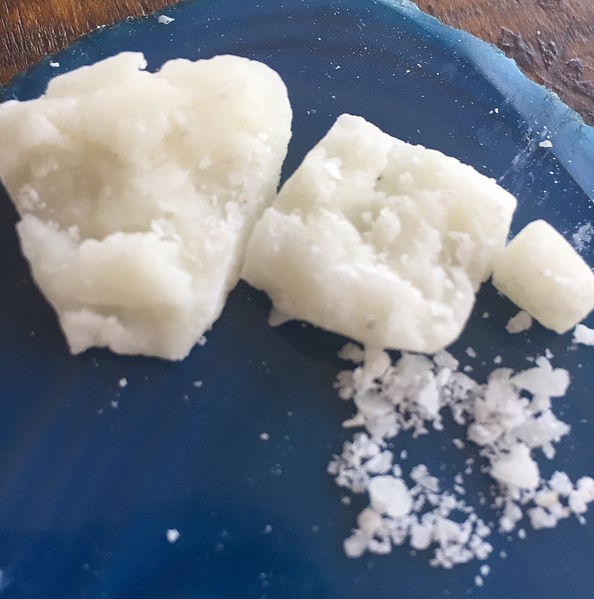
Crack cocaine, also known as crack or rock, is a solid and smokable (freebase) form of cocaine made using either baking soda or sodium hydroxide in a process that converts powdered cocaine (cocaine hydrochloride) into methyl benzoylecgonine. It is a dangerous and highly addictive substance the non-medicinal possession, cultivation, and distribution of which is illegal pretty much everywhere. The combination of illegality and demand leads to its street value being a lot higher than it actually costs to produce for medicinal or government sanctioned use.
24. Gold ($1,839/ounce)
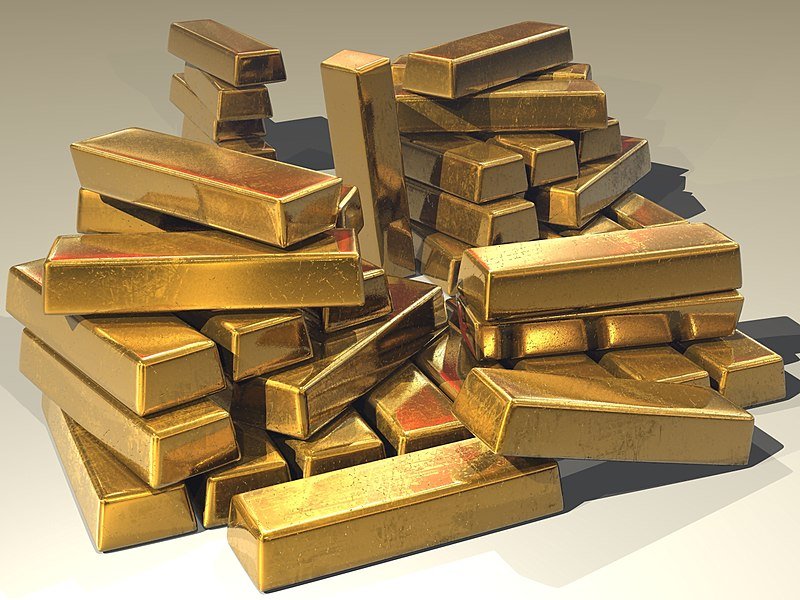
Gold is an element on the periodic table with one of the higher naturally-occurring atomic numbers (79). It’s a relatively rare precious metal that has been used for jewelry, coinage, and various arts throughout recorded history and continues to be used for these purposes today. In the 19th and early part of the 20th centuries, it was used as a standard backing national units of monetary exchange (the gold standard), with the amount of currency in circulation tied to a fixed quantity of gold. Even though a world gold standard was abandoned for fiat currency after 1971, many countries still hold significant reserves of gold.
As of 2019, a total of 6,969,295,824 ounces of gold existed above ground. If made into a cube, it would have sides measuring roughly 23.73 yards long. In terms of its distribution for use, about 50% is in jewelry, 40% in investments, and 10% in industry. The world’s largest gold producer is China, which produces about 155,520,560 ounces per year.
23. Methamphetamines ($2,126/ounce)
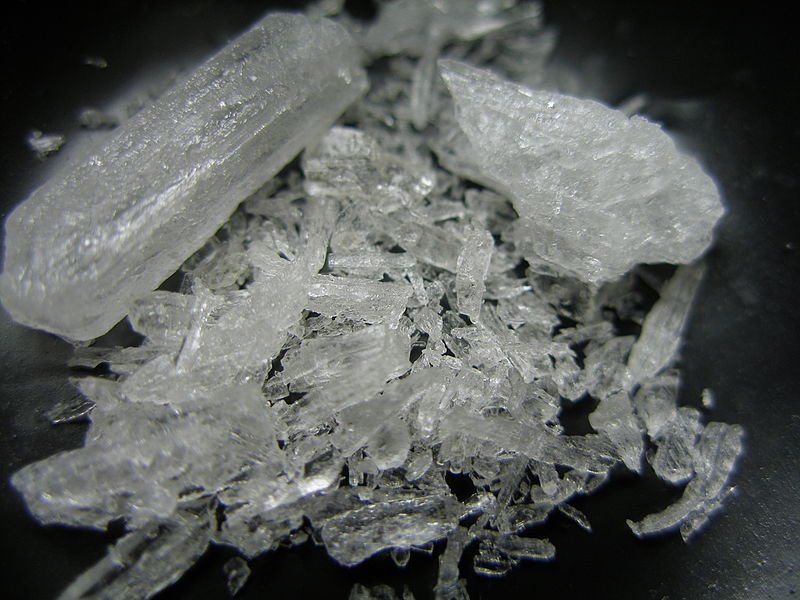
Discovered in 1893, methamphetamines are powerful central nervous system stimulants that are most commonly used as a recreational drug to produce euphoria, or even as an aphrodisiac, though they also have medicinal uses in the treatment of attention deficit and hyperactivity disorders, as well as in treating obesity. Methamphetamines are rarely prescribed medicinally because they are addictive and neurotoxic. While low to moderate doses can improve mood and energy, as well as increase alertness and concentration in those suffering fatigue while reducing appetite and promoting weight loss, at higher doses methamphetamines lead to psychosis, bleeding in the brain, seizures, and the breakdown of skeletal muscle. Even so, because they produce euphoria and extended libidinal stamina despite their painful withdrawal symptoms, the addictive qualities of metamphetamines have led to their illegal production and distribution.
The highest prevalence of illegally trafficked methamphetamines is in parts of Asia, Oceania, and the United States. Myanmar is the world’s leading illegal producer of ya ba (a mixture of methamphetamines and caffeine) and crystal meth, including for export to the United States. Because of their illegality and addictive demand, the street value of methamphetamines vastly exceeds their actual production cost for medical use.
22. Heroin ($4,309/ounce)
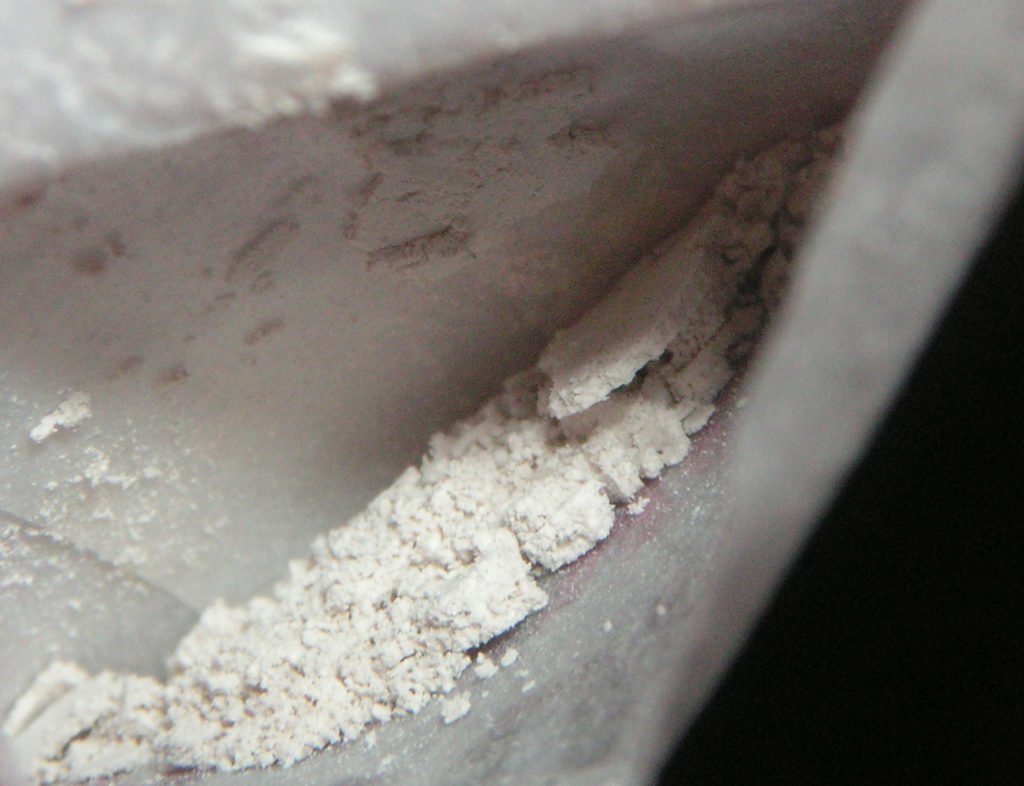
Heroin was first made from morphine, a natural product of the opium poppy, in 1874 by C. R. Alder Wright. It is an illegal narcotic that cannot be produced, possessed, or sold without a license. As a dangerous recreational drug, it is prized for its euphoric effects and is readily addictive. While usually sold as a white or brownish powder that is mixed (cut) with sugar, starch, powdered milk, or even quinine, pure heroin is a bitter-tasting white powder. Sources for it are primarily South American and Southeast Asian. If it is very pure, it does not need to be injected and instead can be snorted or smoked. “Black tar” heroin, primarily produced in Mexico, results from processing methods that leave impurities, so it is usually dissolved, diluted, and injected.
People addicted to opioids like heroin go through intense withdrawal symptoms when they try to quit—bodily pain, diarrhea, nausea, vomiting—and these symptoms often lead to a relapse in an effort to lessen the distress of withdrawal. Various medications like methadone, buprenorphine, and naltrexone have been developed that ease withdrawal by binding to the same opioid receptors as the addictive drug. These withdrawal medications are safer and less likely to produce the harmful behaviors associated with opioid abuse. As with other illegal substances, the street value of heroin vastly exceeds its production cost.
21. Rhodium ($15,800/ounce)
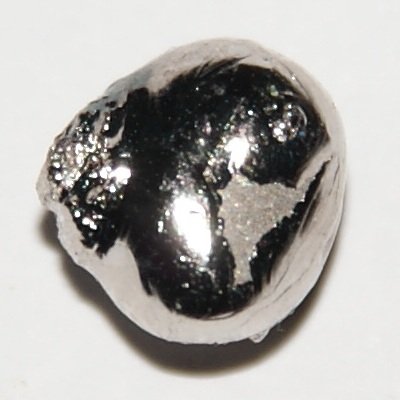
Rhodium is an extraordinarily rare chemical element with atomic number 45. It is a chemically inert transition metal that is hard, corrosion-resistant, and silver-white in color. It has only one naturally occurring isotope (isotopes of an element have the same number of protons but differing numbers of neutrons in their nuclei). It is one of the rarest and most valuable precious metals, far more so than gold. It was discovered in 1803 by William Hyde Wollaston mixed in, as it usually is, with platinum and nickel ores. Its primary use is as one of the catalysts in the three-way catalytic converters used as exhaust emission control devices on cars to reduce toxic gases and pollutants in the atmosphere.
20. Crystal LSD ($85,050/ounce)
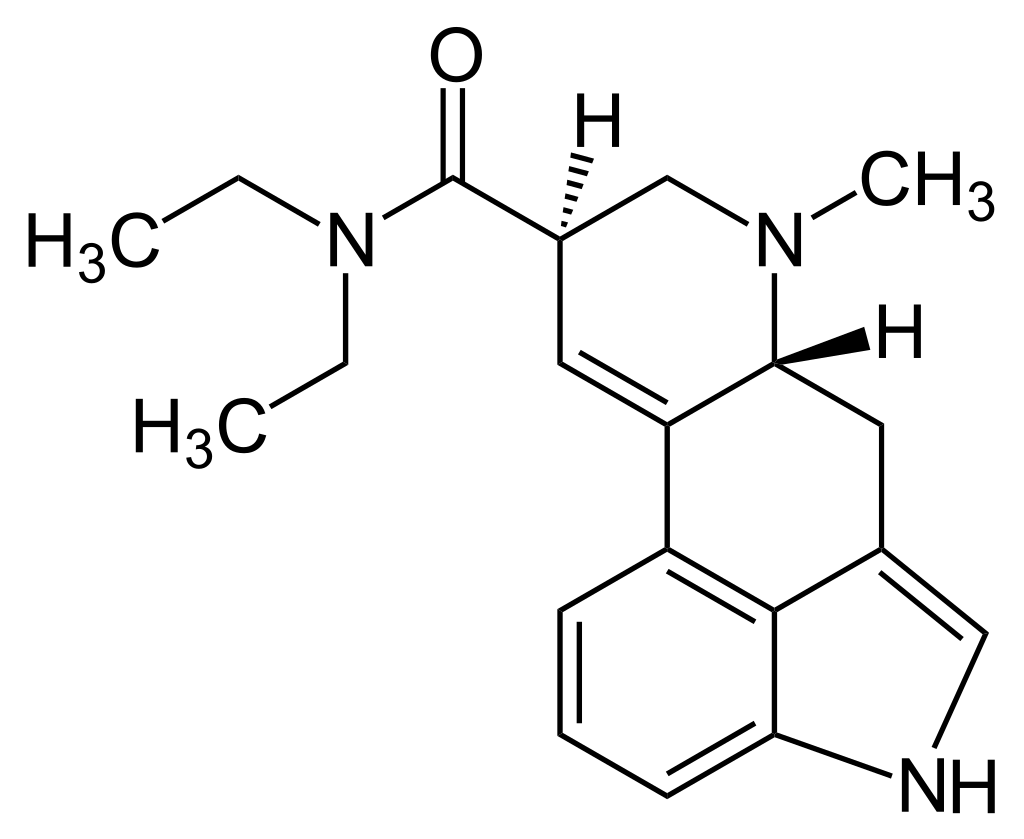
LSD is a highly-potent, hallucinogenic, mood-altering chemical manufactured from the lysergic acid found in the ergot fungus that grows on rye and other kinds of grain. Illegal laboratories, mostly in the United States, manufacture it in a crystal form that is converted to an odorless, colorless, slightly bitter liquid for the purpose of distribution. It is also sold on the street in small tablets known as “microdots,” or as capsules or even gelatin squares known as “window panes.”
Regardless of its form, LSD produces an extended psychedelic “trip” in its users that severs them from reality. Effects produced include hallucinations, time distortion, mystical experiences, enhanced introspection and wild conceptualization, euphoria, and ego loss. It produces these effects by binding to serotonin receptors in the brain. These psychoactive effects were discovered in 1943 by a Swiss chemist at Sandoz Laboratories named Albert Hofmann. LSD generated considerable interest and was part of a notorious secret investigation by the CIA for its potential application in “mind control.” Its recreational use in the 1960s counterculture led to its prohibition in 1971, and the expensiveness of the drug derives from its illegality, not its production.
19. Tanzanite ($99,224/ounce)
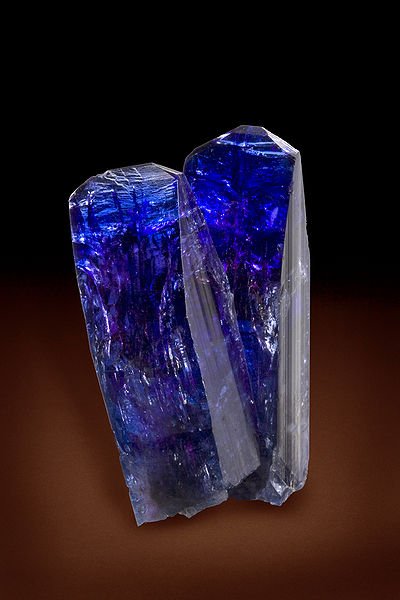
Tanzanite is a variety of the mineral zoisite (a calcium aluminum hydroxyl sorosilicate) produced in reaction with small amounts of vanadium. Since it is found only in a very small mining area of Tanzania near the Merelani Hills, it is named after the country. Tanzanite is prized for its strong trichroism, alternately appearing as burgundy, violet, or blue, depending on the orientation of the crystals and the lighting conditions. The blues are more evident under fluorescent light and the violets more apparent under incandescent illumination. In its rough form, it has a reddish-brown to clear color, and it requires a heat treatment to remove this “veil” and bring out the blue-violet hue of the stone.
18. Plutonium ($113,400/ounce)
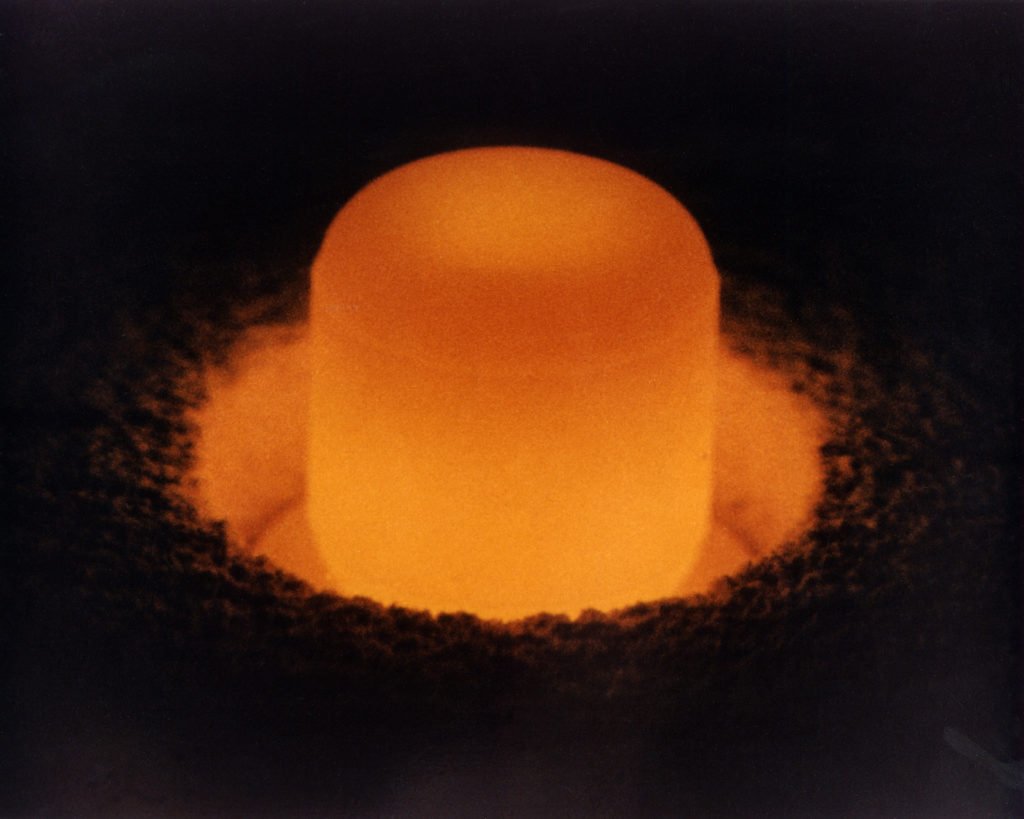
Plutonium (atomic number 94) is a radioactive chemical element that is a member of the actinide metals. It has a silver-gray appearance that tarnishes easily with exposure to air. It has six standardly occurring allotropes (different structural ways of bonding together in the same state). It reacts with hydrogen, nitrogen, carbon, silicon, and halogens, and expands up to 70% in volume when exposed to moist air, forming oxides and hydrides that flake off into a powder that is pyrophoric (ignites spontaneously). It is highly radioactive and can accumulate in bone, which makes handling it extremely dangerous.
Plutonium is the element with the highest atomic number known to occur naturally in non-neglible quantities. It was first artificially produced and isolated in 1940 by bombarding uranium-238 with deuterons (the nucleus of heavy hydrogen, consisting of one proton and one neutron) to yield neptunium-238, which beta-decayed to plutonium. Both Plutonium-239 and plutonium-241 are fissile, that is, they can sustain nuclear chain reactions, leading to their application in nuclear bombs and nuclear reactors. Plutonium-240 has a high rate of spontaneous fission that limits is usability, but plutonium-238 can be used as a heat source for radioisotope thermoelectric generators used to power some spacecraft. The production of plutonium in substantial quantities was first achieved as part of the Manhattan Project to develop the first atomic bomb during the Second World War.
17. Taaffeite ($567,000/ounce)
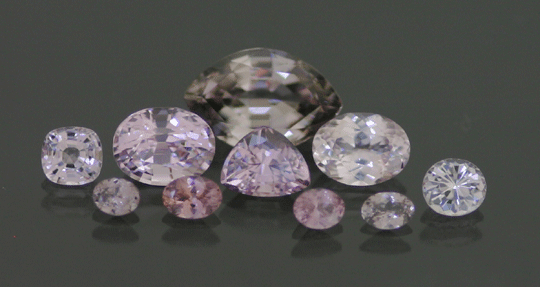
Taaffeite is a mineral named after its discoverer, Richard Taaffe (1889-1967), who realized it had been misidentified as spinel when he ran across it in a jeweler’s shop in Dublin in 1945. It is the only gemstone initially to have been identified after it was a cut and polished gem. For a long time there were only a few known samples and it remains one of the rarest gemstones in the world. It is found in carbonate rocks along with mica, fluorite, tourmaline, and spinel, mostly in alluvial deposits in Sri Lanka and southern Tanzania, but also in lower-grade form in limestone sediments in China.
16. Benitoite ($567,000/ounce)
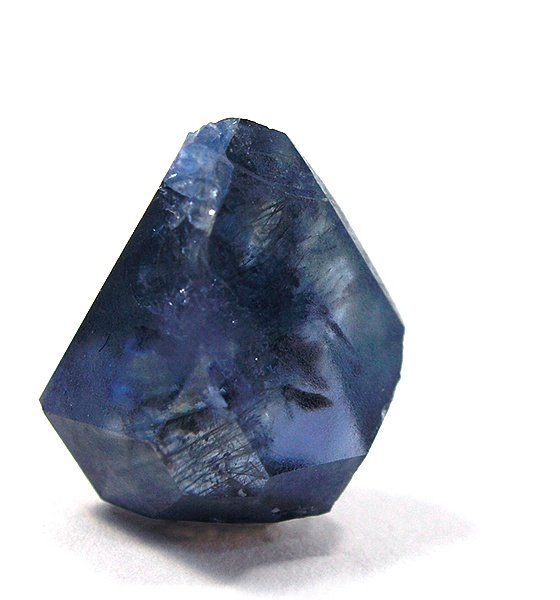
Benitoite was discovered in 1907 by prospector James Couch in the San Benito Mountains between Los Angeles and San Francisco. He initially thought it was sapphire, a form of corundum, because of its color resemblance, but it turned out to be a rare blue barium titanium cyclosilicate that occurs in hydrothermally altered serpentinite, and it was identified as such by Dr. George Louderback at UC Berkeley in 1909. Benitoite is much softer than corundum and is formed under the low temperature but high pressure conditions typical of the subduction zones where tectonic plates converge. Gemstone-quality benitoite has only been discovered in California, but lower-grade forms of the mineral have also been found in Arkansas, Montana, Australia, and Japan. In 1985, it was made California’s official state gem.
15. Soliris ($652,271/ounce)
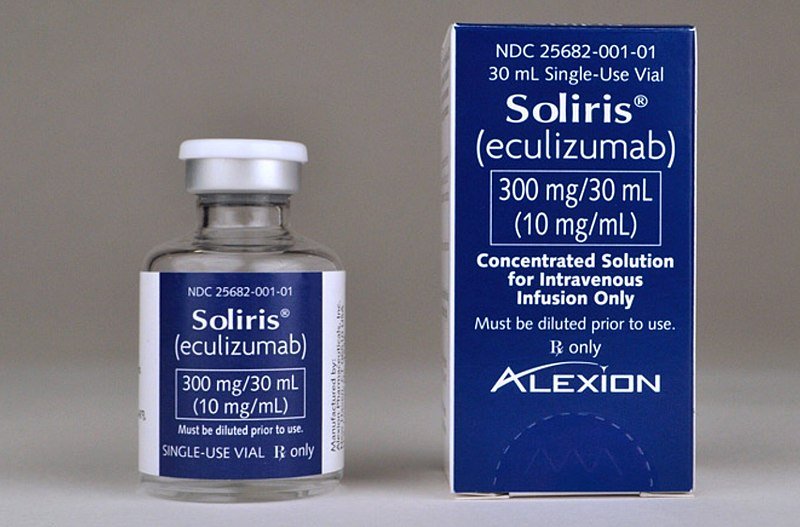
Soliris is the most common brand name of the drug eculizumab. It is an immunosuppressant medication used for a variety of things from the auto-immune disorder paroxysmal nocturnal hemoglobinuria (PNH), to atypical hemolytic uremic syndrome (aHUS), myasthenia gravis, and neuromyelitis optica. The drug is administered by intravenous infusion under observation at a clinic. While it succeeds in reducing the destruction of red blood cells and the need for blood transfusions in patients with PNH, it does not appear to lower the death rate. The drug was approved independently for all its uses based on small trials, and was developed, manufactured, and marketed by Alexion Pharmaceuticals, which held an exclusive patent until 2017.
Soliris carries a warning for the risk of meningococcal infections, anemia, and blood-clotting, and requires doctors prescribing it to have enrolled in and be following a risk evaluation and mitigation strategy specified by the FDA. There are also a wide variety of side-effects ranging from respiratory infections, numbness, and tinnitus, to heart palpitations and peritonitis that affect 1-10% of users.
14. Tritium ($850,500/ounce)
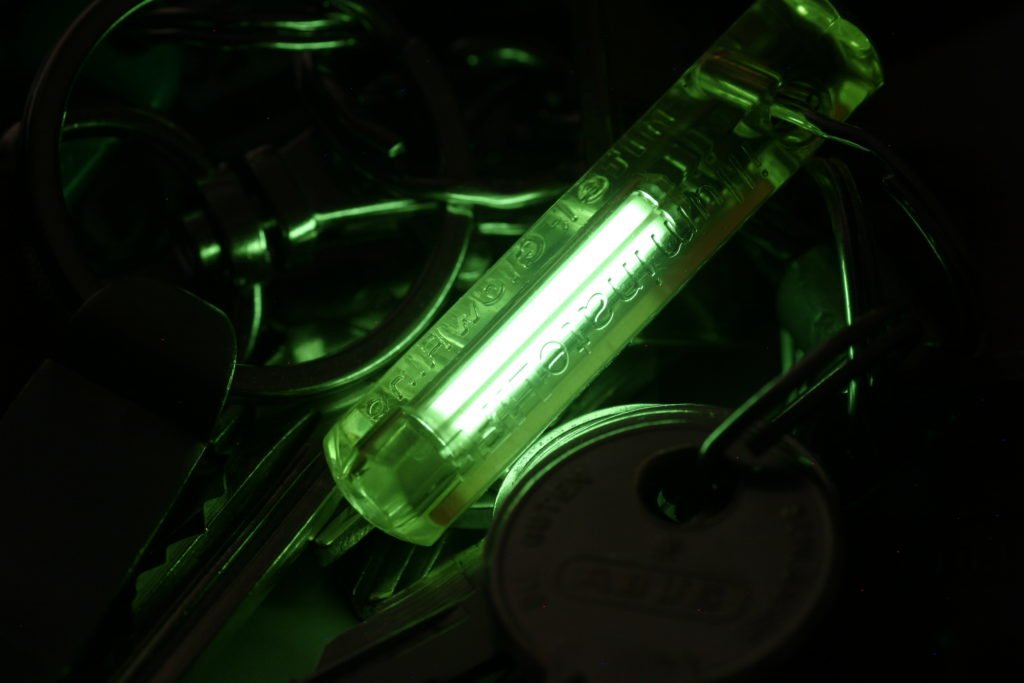
Tritium, or hydrogen-3, is a rare radioactive isotope of hydrogen, the nucleus of which contains one proton and two neutrons. It was first detected in 1934 by Ernest Rutherford, Mark Oliphant, and Paul Harteck in an experiment bombarding deuterium with deuterons (the nucleus of heavy hydrogen). Tritium is extremely rare in nature. In the Earth’s atmosphere, it can be formed by the interaction of atmospheric gases with cosmic rays. It also can be produced artificially by irradiating lithium metal or lithium-bearing ceramic pebbles in a nuclear reactor.
Tritium has a variety of industrial uses as the energy source for radioluminescent lights for watches and various instruments and tools, as a radioactive tracer in medical and scientific settings, and as nuclear fusion fuel in tokamak nuclear fusion reactors as well as in hydrogen bombs. In the late 1940s, the American physical chemist Willard Libby recognized that tritium could also be used for the radiometric dating of water and wine.
13. Red Beryl ($1.417 million/ounce)
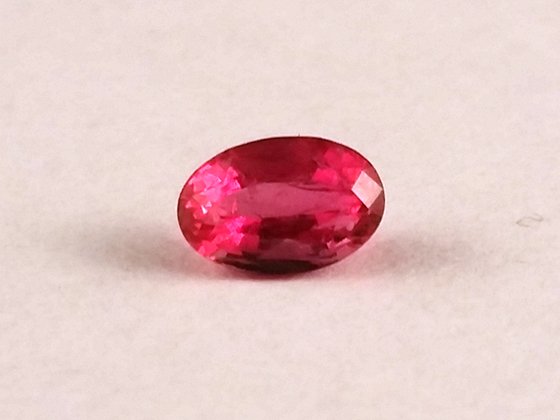
Red beryl, which was formerly known as “bixbite” but had its name changed to avoid confusion with the mineral bixbyite, is a red variety of beryl first recognized in 1904 in Utah. Its dark red color derives from the manganese ions it contains. It is very rare and has only been found in Utah and New Mexico, with the greatest concentration of gem-grade stones having been found in the Wah Wah mountains of Utah in 1958 by Lamar Hodges while prospecting for uranium.
Red beryl has sometimes been confused with pezzottaite, a cesium analogue of beryl that is found in Madagascar and Afghanistan, but it can be distinguished by its refractive index and also by the fact that pezzottaite crystals are trigonal whereas red beryl crystals are hexagonal. It is formed by crystallization under low pressure and high temperature. Associated minerals are quartz, bixbyite, topaz, and hematite, among others.
12. Black Opal ($1.5734 million/ounce)
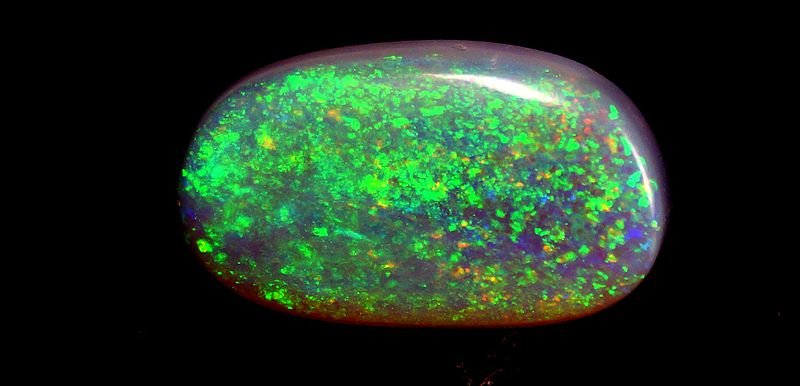
Opals are a hydrated silica, the amorphous form of which classifies them as a mineraloid rather than mineral because of their lack of crystallinity. They are deposited under relatively low temperatures and can occur in the fissures of many different kinds of rock, most commonly sandstone, limonite, rhyolite, basalt, and marl.
Opals divide into two classes, common and precious, distinguished by whether they are iridescent or not. The precious opals, which are iridescent, display flashes of colored light as they are turned under white light, resulting in a play of color.
Depending on the conditions of formation, precious opals may be transparent, translucent, or opaque, and their background may be almost any color of the visual spectrum, with black being the rarest. For gemstone use, black opals are most often cut and polished to form an elliptical cabochon, with a convex front surface and a flat back surface. Jewelry applications for opals are somewhat limited because their high water content makes them sensitive to heat and susceptible to being scratched.
11. Alexandrite ($2.126 million/ounce)
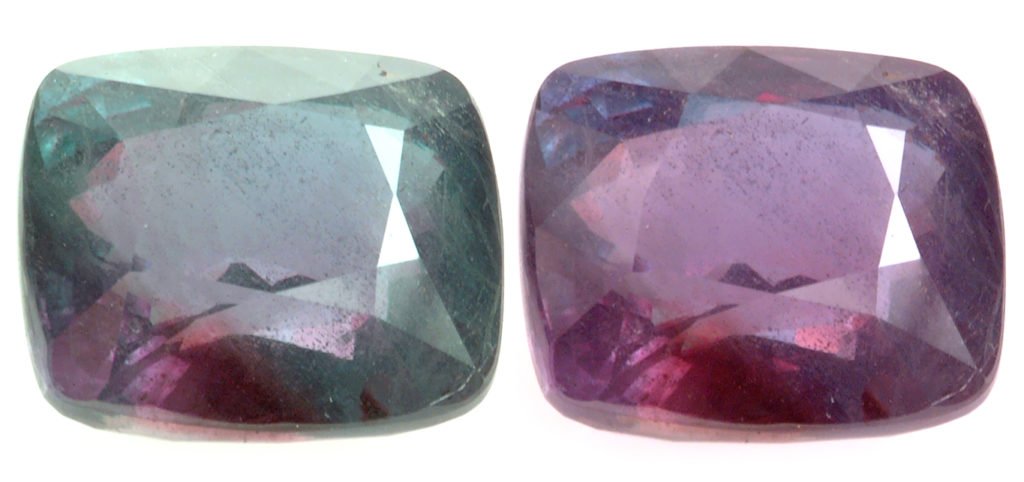
Alexandrite, a mineral that is an aluminate of beryllium, is a chrysoberyl gemstone that changes appearance under different kinds of light. Although chrysoberyl and beryl both contain beryllium, they are different gemstones. Alexandrite is said to have been named in honor of Alexander II of Russia before he became Tsar. It is found in Russia, India, Sri Lanka, Madagascar, and Brazil. While ordinary chrysoberyl is yellowish-green and transparent to translucent, alexandrite is strongly trichroic, exhibiting emerald green, red, and orange-yellow colors in partially polarized light depending on its viewing orientation. It also, most distinctively, changes in color in artificial versus natural light. Fine-quality alexandrite appears green to bluish-green in natural daylight, but red to purplish-red in incandescent light.
10. Colorless Flawless Diamonds ($2.339 million/ounce)
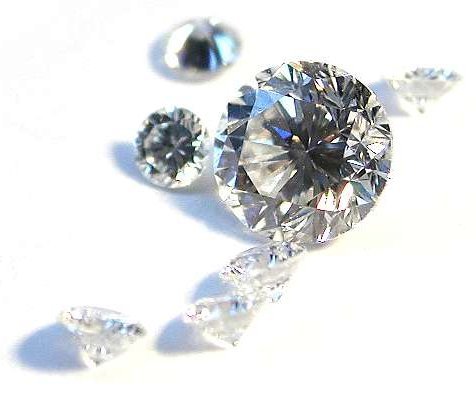
Diamonds are made of carbon that forms a crystal structure called a diamond cubic under high pressure and temperature. Diamonds have the highest thermal conductivity and hardness of any naturally occurring substance and, as a consequence, have industrial applications in cutting and polishing tools as well, of course, as being prized for jewelry.
Run-of-the-mill diamonds are not particularly scarce, but a completely colorless diamond with no clarity imperfections is very rare, with estimates that only 0.001% of the world’s diamonds have this color and clarity. Most natural diamonds are between 1 and 3.5 billion years old and were formed in the Earth’s mantle at depths between 93 and 155 miles, although some come from as deep as 500 miles. More recently—ten to hundreds of millions of years ago—they were carried to the surface by volcanic eruptions and deposited in igneous rocks known as kimberlites and lamproites.
9. Jadeite ($4.25 million/ounce)
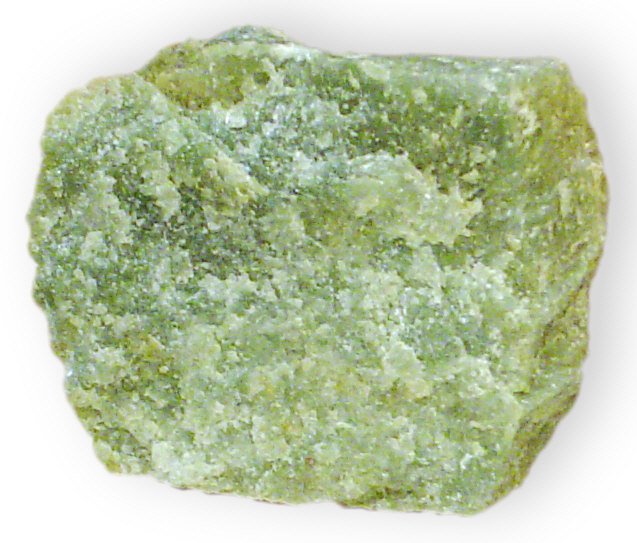
Jadeite is a dense pyroxene mineral, one of two recognized as gemstone jade, the other being nephrite. The most highly valued color of jadeite in Western civilization is the intensely green translucent variety, though traditional white jades are valued most highly by the Chinese. Jadeite from Guatemala was used by the Olmec and Mayan peoples, as well as indigenous Costa Ricans. The value of jade for jewelry is determined by its degree of translucence and its cleanness and purity of color, with high-quality stones costing upwards of $30,000 per carat, which translates to $4.25 million per ounce.
8. Musgravite ($4.96 million/ounce)
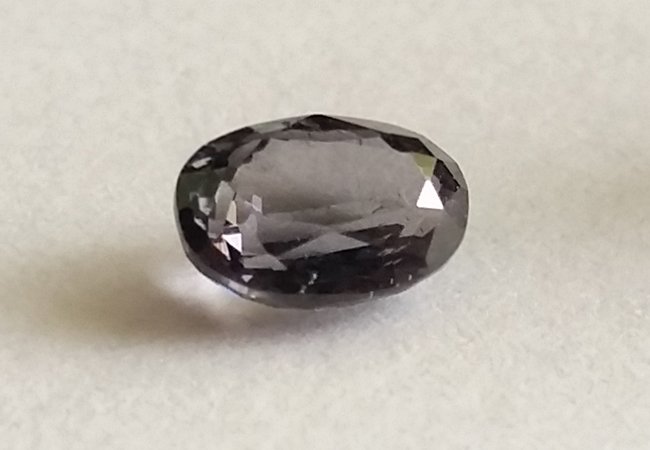
Musgravite is an oxide mineral that is used as a gemstone. It derives its name from its discovery in 1967 in the Musgrave Ranges, a series of granite hills in South Australia. It was later also discovered in Greenland and Madagascar, but neither of these latter locations yield gem quality material. Musgravite is a member of taaffeite family of minerals and is exceedingly rare.
7. Painite ($8.505 million/ounce)
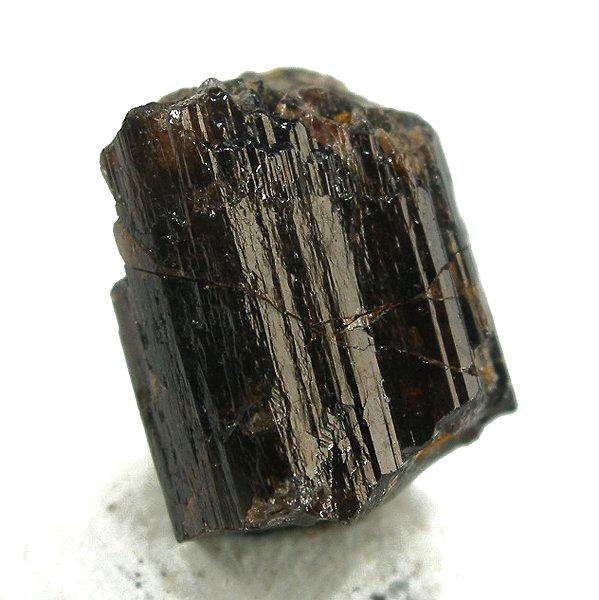
Painite is an extraordinarily rare borate mineral first discovered in Myanmar by Arthur Pain, a British mineralogist and gem dealer. He initially misidentified it as ruby, a form of red corundum, until further examination revealed that it was a new gemstone. The rarity of painite is due to the fact that boron and zirconium, two of its constituent elements, hardly ever interact with each other in nature. Its crystals are hexagonal in shape and had not, until late 2004, even been cut into faceted gemstones.
6. The Pink Star Diamond ($171.24 million/ounce)
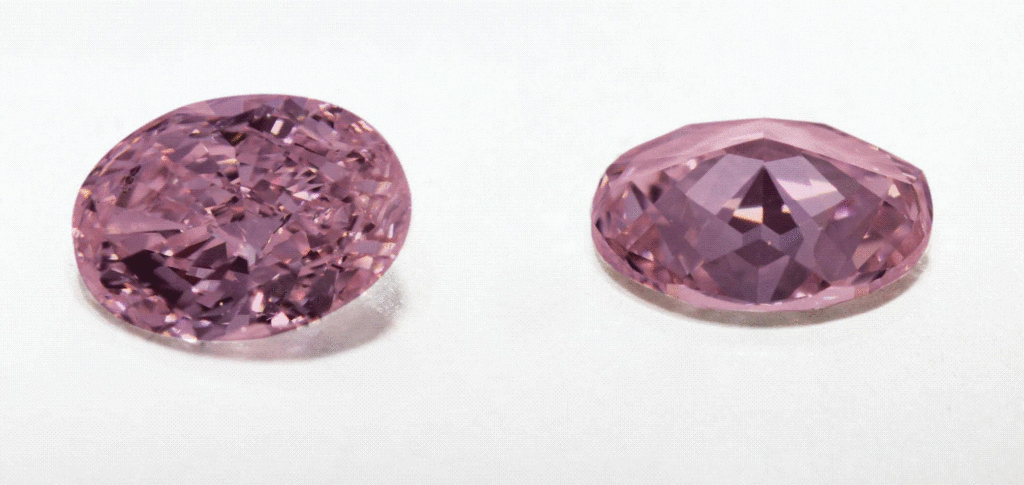
The gemstone known as the Steinmetz Pink Star Diamond was cut with excruciating precision from a rough 132.5 carat pink diamond by Steinmetz Diamonds over an extended period lasting almost two years. During this process, a model of the rough pink diamond was cast in epoxy over fifty times so the design team could experiment with different ways of cutting it. The end result of their efforts was this exquisite 59.6 carat vivid pink and internally flawless oval diamond.
The Pink Star Diamond is the largest flawless vivid pink diamond that the Gemological Institute of America has ever graded. It was revealed to the public in 2003 as the “Steinmetz Pink,” but sold and renamed “The Pink Star” in 2007. On April 3, 2017, the Pink Star was sold at an auction in Hong Kong for $71.2 million to Chow Tai Fook Enterprises.
5. The Wittelsbach-Graaf Blue Diamond ($365.1 million/ounce)
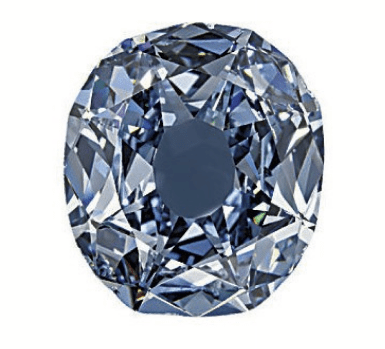
The Wittelsbach-Graff Diamond is an internally flawless 31.06 carat fancy deep blue colored diamond. The original rough diamond was discovered in India and the first Wittelsbach Diamond was cut to 35.56 carats.
The earliest record of the diamond dates from 1664 when Philip IV of Spain gave it to his daughter on the occasion of her engagement to Leopold I of Austria. When she died in 1675, Leopold inherited all her jewels and left them to his third wife, who passed them to her granddaughter, Archduchess Maria Amelia, who married the Bavarian Crown Prince Charles Albert in 1722. So it was that the diamond was part of both the Austrian and Bavarian Crown Jewels and became the family diamond of the House of Bavaria, the Wittelsbachs.
In 1931, the diamond was sold at a Christie’s Auction with all the other crown jewels to support the descendants of the royal family during the difficult financial times following the First World War. Its history after that becomes murky until 1962, when it was recognized by a Belgian diamond dealer by the name of Joseph Komkommer, who formed a group of diamond buyers to purchase the jewel from the trustees of the estate of an individual of undisclosed identity.
In 1964, it was purchased by a private collector and then the jeweler, Laurence Graff, purchased the diamond in 2008, having it recut in 2010 by three diamond cutters to remove flaws. In 2011, Graff sold the diamond to the former emir of Qatar, Hamad bin Khalifa, for at least $80 million, which brings its cost in at $365.1 million per ounce.
4. Californium ($765.45 million/ounce)
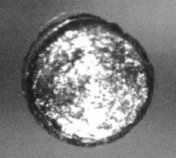
Californium (atomic number 98) is a radioactive element, first synthesized by bombarding curium with alpha particles (helium nuclei) at the University of California Radiation Laboratory (Lawrence Berkeley National Laboratory) in 1950. Californium has two crystalline forms that are stable under normal pressure, one above 1650 degrees Fahrenheit, and another below that temperature. There is a third crystalline form that exists at high pressure.
The most stable isotope, californium-251, has a half-life of 898 years, which precludes the element being found in significant quantities in the Earth’s crust. The most useful isotope is californium-252, which has a half-life of 2.645 years and is produced at Oak Ridge National Laboratory in Tennessee and at the Research Institute of Atomic Reactors in Russia. In particular, Californium-252 is a strong neutron emitter, with each freshly-produced microgram emitting 139 million neutrons per minute. This makes it a very useful neutron startup source for some nuclear reactors, as well as a source of neutrons for studying materials using neutron diffraction and neutron spectroscopy. It can also be used in the nuclear synthesis of higher mass elements.
3. Endohedral Fullerenes ($4.734 billion/ounce)
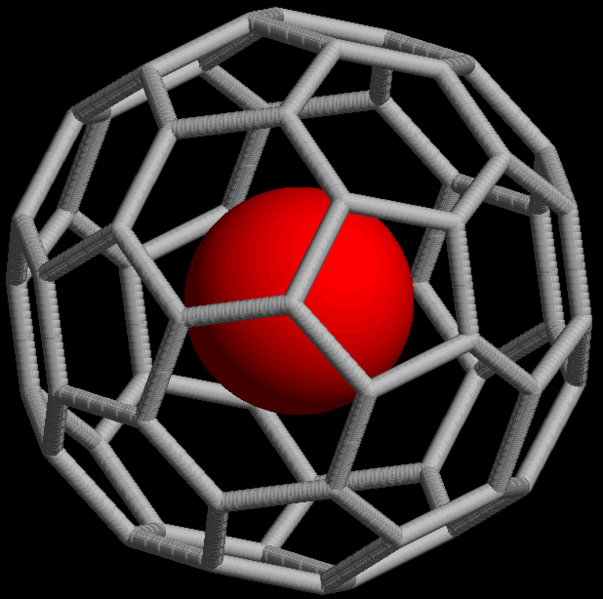
Let’s start with some definitions. Because of its high valency (combining capacity), carbon can adopt many different structural forms called allotropes. A fullerene, which is named after the American architect and systems theorist, Buckminster Fuller (1895-1983), is an allotrope whose carbon atoms are connected by single and double bonds so as to form a closed or partially closed mesh with fused rings of five to seven atoms. Fullerenes with a closed mesh topology, especially the C60 molecule, are informally known as buckyballs (again, after Buckminster Fuller) for their resemblance to a standard soccer ball.
Endohedral fullerenes (endofullerenes) are fullerenes with additional atoms, ions, or clusters enclosed within their inner spheres (see picture). To make clear which atoms were trapped inside, in 1991 an explicit notation was proposed in which atoms to the left of an @ sign were situated inside the network composed of the atoms listed to the right of it. For example, the first lanthanum C60 complex was synthesized in 1985 and is represented in this notation as La@C60.
Aside from being atomic traps that are stable at room temperatures for arbitrarily long times, endohedral fullerenes have a lot of really interesting properties that empty fullerenes do not, and hold promise of applications in biomedicine, electronics, and photonics, among other fields.
2. Francium ($28.35 billion/ounce)
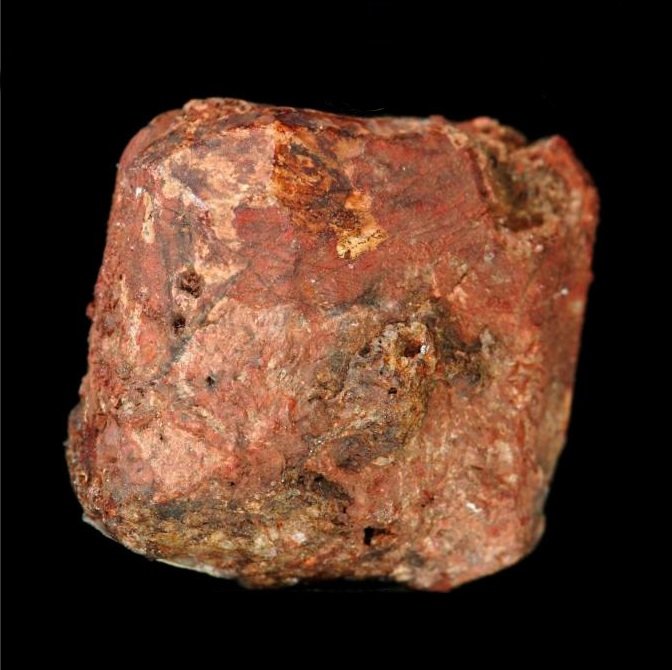
Francium (atomic number 87) was discovered in 1939 by Marguerite Perey at the Curie Institute in Paris, bringing closure to the search for an element that Dimitri Mendeleev, the Russian chemist who developed the periodic table of the elements, said should exist that resembled cesium.
Francium, named after the nation in which it was discovered, is intensely radioactive and has a half-life of only 22 minutes, so it has no uses. While Perey deduced its presence from a purified sample of actinium that had been freed of all known radioactive impurities and was nonetheless still radioactive, today francium is obtained by bombarding radium with neutrons in a nuclear reactor. It can also be made by bombarding thorium with protons. There is less than a kilogram of naturally occurring francium in the Earth’s crust at any given time.
1. Antimatter ($1.771875 quadrillion/ounce)
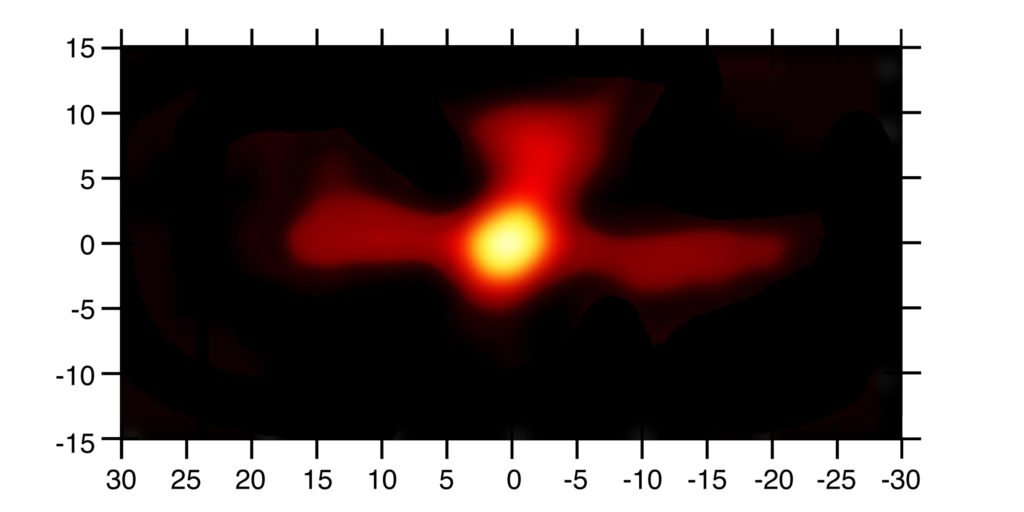
Antimatter is a substance composed of the “antiparticles” of the corresponding particles making up the ordinary matter of our experience. Theoretically, a particle and its antiparticle—say, an electron and a positron, or a proton and an antiproton—have the same mass but opposite electric charge and other differences in quantum numbers. A collision between a particle and its antiparticle leads to their mutual annihilation, producing intense gamma rays, neutrinos, and sometimes less massive particle-antiparticle pairs, all in accordance with Einstein’s famous equation, E = mc2.
A very small amount of antimatter is generated daily in the particle accelerators used for research in particle physics. Over the entire history of the operation of particle accelerators, only a few nanograms of antimatter has been generated. Antimatter is also created briefly by cosmic ray collisions in the atmosphere and some types of radioactive decay. No macroscopic amount of antimatter has ever been created due to the extreme cost of production and handling. Nonetheless, positrons are relatively easy to generate and have applications in medical technology through positron emission tomography (PET scans) to detect cancer, measure blood flow, and detect coronary artery disease, among other things.
Antimatter particles can bind together to form antimatter atoms and molecules, just as ordinary particles bind to form ordinary matter, but to date, only a tiny fraction of antiparticles have successfully been joined to form anti-atoms. So far, the nuclei of anti-helium have been produced with great difficulty and anti-hydrogen has been produced in exceedingly small quantities for short periods of time. In 1995, the European Center for Nuclear Research (CERN) near Geneva, Switzerland, brought nine hot antihydrogen atoms into existence. In 2011, CERN physicists were able to capture 309 antihydrogen atoms in a magnetic trap, some for as long as 17 minutes, which enabled them to begin research into the spectral properties of antihydrogen.
One of the biggest obstacles to the direct study of antimatter is the production and capture of antiprotons. A new antiproton decelerator was built at CERN in 2016 that allows the capture of about 100 antiprotons per second, but even at this rate it would take several thousand years to make even one nanogram of antimatter. Recent CERN data indicates that, when fully operational, their new facility will be capable of producing ten million antiprotons per minute (independent of being able to capture them). Nonetheless, even if there were 100% conversion of these antiprotons, with an injection of positrons to create antihydrogen, it would take 100 billion years (over seven times the age of the universe) to make one gram of antihydrogen (note that there are 28.35 grams in an ounce)!
Even just collecting antiprotons and positrons is therefore an expensive proposition. Averaging costs, then, antimatter comes out as the most expensive substance in the universe at roughly $1.771875 quadrillion per ounce.
Honorable Mentions:
1. 16 Psyche: The Asteroid Worth $10 Quintillion
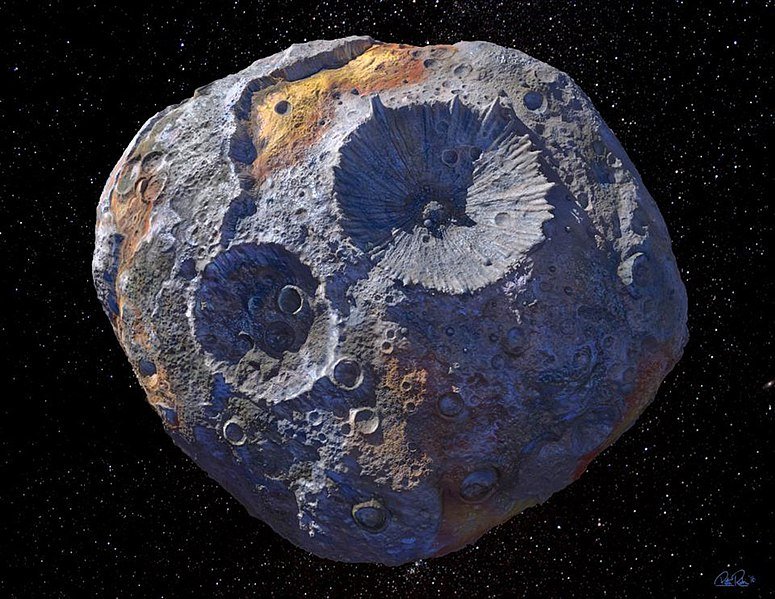
OK, so this one isn’t as impressive by the ounce. It’s the whole asteroid that’s worth $10 quintillion, and given that the asteroid has a diameter of about 200 kilometers and a density of about 4 grams/cm3, the cost works out to be around $84.60 per ounce, which doesn’t even rise to the level we started at with white truffles.
Still, it’s a fascinating object. The asteroid was first observed by the Italian astronomer Annibale de Gasparis in 1852 and named after Psyche, the figure in Greek mythology. It is one of the twelve most massive asteroids, containing about 1% of the mass of the asteroid belt. 16 is prefixed to its name to indicate that it was the sixteenth minor planet to be discovered.
16 Psyche is thought to be the exposed core of something that was once a proto-planet. It is mostly metal-pyroxene in composition and has a surface that is 90% metallic and 10% silicate rock. Scientists think it likely that the metals it contains are mostly iron and nickel.
A space mission to visit 16 Psyche was approved in 2017, with a launch date in 2022. The mission will do a Mars flyby with a gravity assist in 2023, with scheduled arrival at the asteroid in 2026 for twenty months of observations and tests studying its composition, surface features and topography, gravity, magnetism, and other properties. A $117 million contract to launch the Psyche spacecraft and two smallsat (small satellite) secondary missions on a Falcon Heavy rocket in July 2022 was awarded to Elon Musk’s company, SpaceX (Space Exploration Technologies Corp.), on February 28, 2020.
2. The First Higgs Boson ($168.6 decillion/ounce for ten sextillionths of a second)
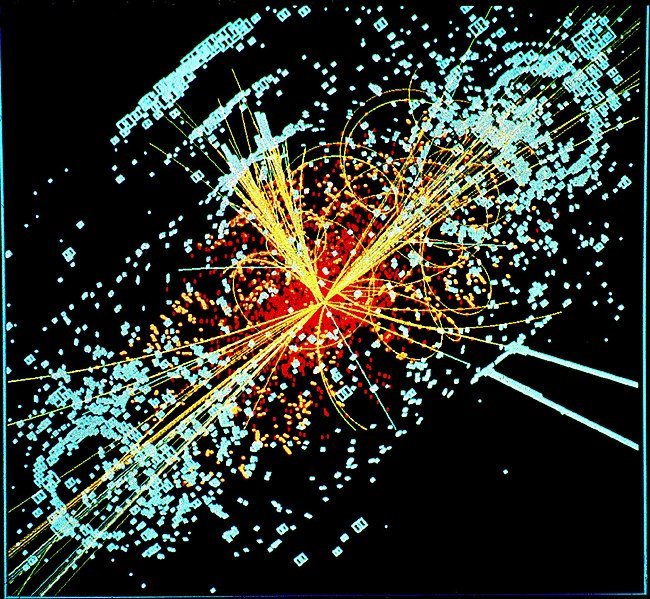
Why is it that some particles have mass and others do not? Why are some substances harder to accelerate than others? The answer to this question lies with an elusive entity in the Standard Model of particle physics called the Higgs boson, the elementary particle that is the quantum of the Higgs field, which permeates space.
The particle and the field are both named after the British theoretical physicist Peter Higgs (1929 – ), who along with five other physicists, proposed it in 1964 as the mechanism to explain why some particles have mass and are resistant to acceleration, and others do not and are not. The mechanism required that a spinless particle with even parity and a variety of other esoteric properties exist.
Even though the Higgs field permeates space, demonstrating its existence by detecting excitations of the Higgs field was a daunting task, because the energy required to produce detectable excitations of it is extraordinary and the excitations themselves are rare, even when the energy is sufficient. It took over thirty years just to develop the accelerator technology, detector efficiency, and computational power and programming, necessary to conduct the search. It then took another ten years before the Large Hadron Collider (LHC) at the European Center for Nuclear Research (CERN) near Geneva, Switzerland, one of the world’s most complex and expensive experimental facilities ever built, was ready to attempt creating detectable Higgs bosons and, it was hoped, other as yet undetected particles. Almost fifty years after its theoretical postulation, on July 4, 2012, a new particle with a mass between 125 and 127 GeV/c2 was detected at the LHC, and physicists were almost certain it was the Higgs.
Since that time, the Higgs phenomenon has been demonstrated to have zero spin, even parity, and a variety of decay properties the Standard Model predicts the Higgs boson to have. By March 2013, the existence of the Higgs boson and Higgs field was strongly confirmed, and on December 10, 2013, Peter Higgs and François Englert were awarded the Nobel Prize in Physics for their theoretical predictions. The existence of the Higgs resolves some other puzzles with long histories as well, explaining, for instance, why the weak force governing radioactive decay has such an extremely short range (why weak force bosons only travel miniscule distances).
So how expensive was it to find the first Higgs boson? Given its mass, an ounce of such Higgs bosons would cost about $168.6 decillion dollars (a decillion is one followed by 33 zeros). But there’s another catch. It is of the nature of quantum physics that, if it is possible for a particle to decay into a set of lighter particles, it will eventually do so. The parameters governing this are mostly fixed by the Standard Model, and in the case of a Higgs boson with a mass around 125 GeV/c2, the Standard Model assigns it a mean lifetime of approximately 1.6 x 10-22 seconds, that is, around ten sextillionths of a second. In other words, the discovery of the first Higgs boson cost $168.6 decillion for a substance that only manifests itself for 10 sextillionths of a second!
People talk about getting a big bang for their buck; in this case, physicists paid extraordinarily big bucks for their bang. The first Higgs boson is without question the most expensive substance in the universe, but since we can’t collect it, does it really count? We’ll let the reader decide.
